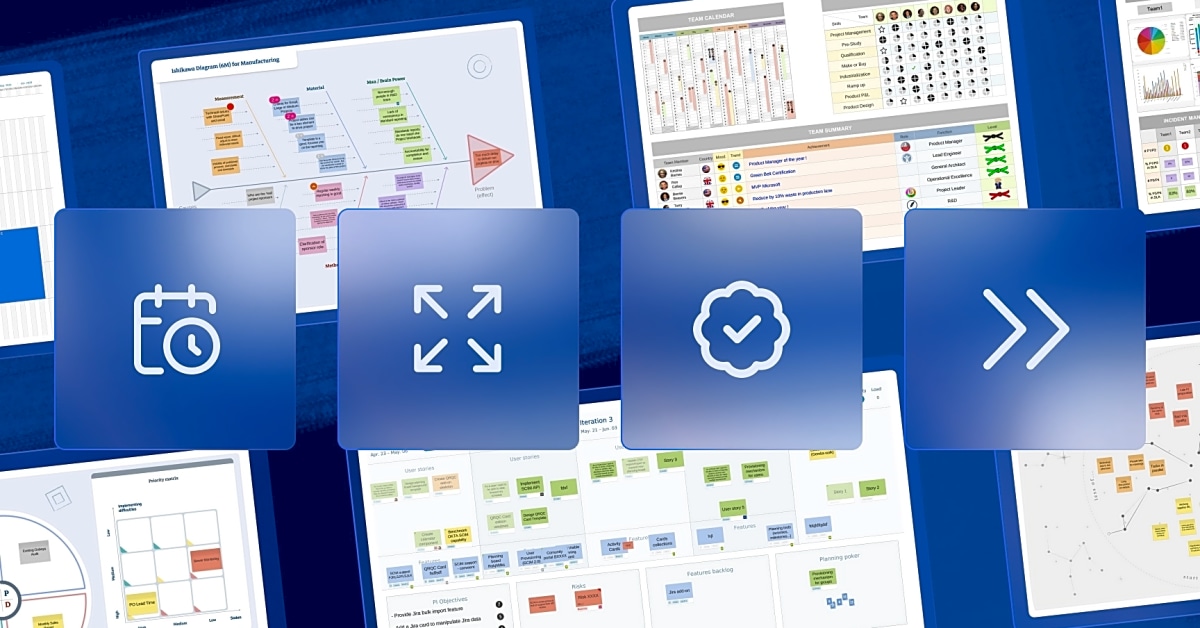Continuous improvement is a key aspect of any successful organization, as it allows for growth, development, and adaptation to the ever-changing business landscape. However, creating a culture of continuous improvement is not an easy task. It requires strong leadership and a strategic approach to effectively implement and sustain this mindset within a company. In this article, we will explore various strategies and techniques that can help operational leaders foster a culture of continuous improvement within their organization. From identifying areas for improvement to implementing effective processes, we will provide valuable insights and practical advice for achieving organizational efficiency through continuous improvement. So, if you are looking to enhance your company’s performance and drive success, keep reading to discover how you can create a culture of continuous improvement in your workplace.
To truly understand the importance of creating a culture of continuous improvement, it’s important to first define what it means. Simply put, it involves consistently seeking ways to improve processes, systems, and overall performance in all aspects of the organization. This can range from small incremental changes to large-scale transformations. By embracing this mindset, leaders can encourage their teams to be proactive problem solvers and decision makers, leading to a more efficient and productive organization.
One way to foster this mindset is by implementing regular training and development programs that focus on continuous learning and improvement. These programs should not only focus on technical skills, but also on personal and professional development. By providing employees with opportunities to learn and grow, organizations can create a culture that values self-improvement and encourages employees to constantly strive for better results.
In addition to training programs, leaders can also promote a culture of continuous improvement by setting clear goals and expectations for their teams. These goals should be challenging but achievable, and should be regularly reviewed and adjusted as needed. By continuously monitoring progress and making necessary improvements, organizations can ensure that they are always moving forward towards success.
Another important aspect of creating a culture of continuous improvement is fostering open communication and collaboration within the organization. This includes encouraging feedback and suggestions from all levels of the company, and creating a safe space for employees to share their ideas without fear of judgement. By promoting a culture of transparency and open communication, organizations can tap into the collective knowledge and creativity of their employees, leading to innovative solutions and improved processes.
In conclusion, creating a culture of continuous improvement is essential for organizations looking to stay competitive in today’s fast-paced business world. By defining what it means, promoting regular training and development, setting clear goals, and fostering open communication, leaders can cultivate an environment that values learning, growth, and innovation. By embracing this mindset, organizations can achieve greater efficiency, performance, and success.
Effective Management and Team Building
Creating a positive work environment is essential for building a culture of continuous improvement. This starts with effective management and team building strategies. Leaders should strive to create a supportive and collaborative atmosphere where employees feel valued, empowered, and motivated to contribute their ideas and suggestions for improvement.
Improving Organizational Efficiency
To achieve continuous improvement, it’s important to identify areas of inefficiency within the organization. This can involve analyzing processes, systems, and workflows to determine where improvements can be made. Leaders should also encourage their teams to regularly review and evaluate their work processes to identify any bottlenecks or areas for improvement.
Becoming a Better Leader
Leaders play a crucial role in creating a culture of continuous improvement. It’s important for leaders to lead by example and demonstrate a commitment to learning and growth. They should also actively listen to their team members’ ideas and suggestions for improvement, and provide support and resources for implementing these changes.
Tips for Process Improvement
In addition to promoting a mindset of continuous improvement, there are specific techniques that can be used to improve processes within an organization. These include methods such as Lean Six Sigma, which focuses on identifying and eliminating waste in processes, and Kaizen, which emphasizes making small incremental changes on a regular basis.
Problem Solving and Decision Making
Encouraging a culture of continuous improvement also involves promoting effective problem-solving and decision-making skills among employees. This can include providing training on techniques such as root cause analysis, brainstorming, and decision-making frameworks. By empowering employees to be critical thinkers and problem solvers, businesses can foster a culture of continuous improvement.
Challenges to Overcome
While creating a culture of continuous improvement can bring many benefits, it’s not without its challenges. Resistance to change, lack of resources, and fear of failure are common barriers that organizations may face. Leaders should anticipate these challenges and have strategies in place to address them in order to successfully implement a culture of continuous improvement.
By implementing effective management and team building strategies, improving organizational efficiency, promoting problem solving and decision making skills, utilizing process improvement techniques, and being a role model as a leader, businesses can create a culture of continuous improvement. This will not only lead to increased efficiency and performance, but also a more engaged and motivated workforce. Embrace the mindset of continuous improvement and watch your organization thrive.






